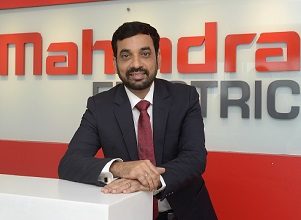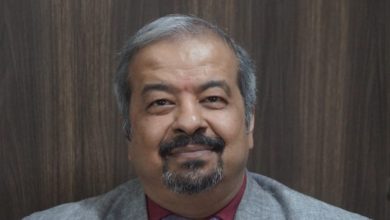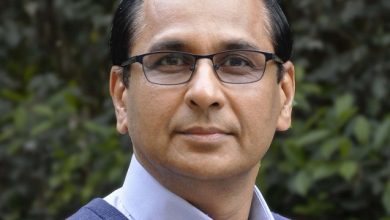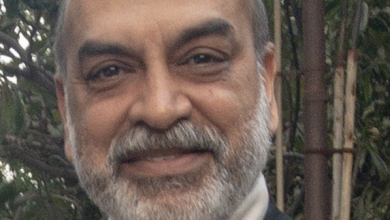Awareness can help shift 3Ws towards lithium batteries- Sabareesan P, Helios Batteries
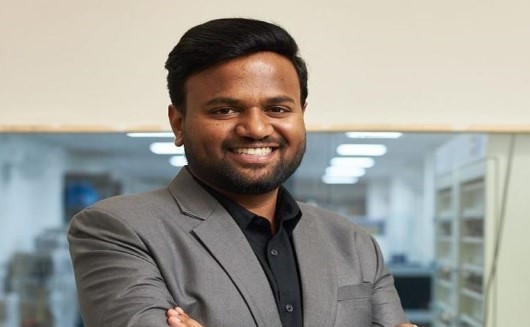
Telematics Wire in discussion with Sabareesan P, Founder of Helios Batteries, explores manufacturing, indigenous components usage and battery type in electric vehicle batteries
Telematics Wire in discussion with
Q: Can you in short tell us about your journey in batteries?
We started this company in 2008. Our motivation was to deliver products which is eco-friendly and saves energy. We developed lighting products- induction lamps and LED lights and manufactured them. In 2014-15, when the government mandated use of LEDs in public sector we got a big breakthrough.
We started converting lighting system to LED in airport, seaport, ships, submarines, dockyards, shipyards, defense establishments, mines, tunnel mine and many other sites.
After this we thought, next transition is going to come as electric mobility. In 2017, we started researching on it. We went to IIT Madras, IIT Mumbai to do some kind of researches on like how do we adopt it as a business plan. In 2019 we ventured in electric mobility. Due to COVID we did delayed delayed, but in 2021 we set up our own unit of around 10 megawatt per month. Today, we are manufacturing 30 megawatt of battery.
We have recently launched a plant in Tanzania also. Very soon we will be opening our facility in Europe and America.
Q: Amongst the two wheelers, three wheelers and bicycles for which you are like developing or having the batteries, which segment you seeing good traction from?
We have two channels- electric mobility and energy saving solution (ESS). We are not limiting ourselves in e-mobility and we aim to present ourselves as a solution provider instead of calling us as the manufacturer of lithium-ion battery packs.
In India the northern part traction was more from three wheelers; because e-rickshaws are popular there.
Q: Three wheelers is dominated by this lead acid battery. What can change this?
Unfortunately, yes, it is dominated by lead acid batteries. Users of three wheelers are mostly rickshaw drivers and there is no awareness amongst them about the benefits of Lithium battery.
But now, we are seeing a shift. E-rickshaw drivers are asking for lithium batteries. They understand its benefit of high efficiency, longer warranty of three years.
Probably in the next 24 to 36 months, we will be able to penetrate a little more also.
Q: Do you think creation of awareness amongst the three rickshaw segment can help move this segment towards away from lead acid into the newer batteries which are efficient, charges fast, has a larger longer run life?
Awareness can be a game changer here. If people become aware about lithium batteries, then the shift will automatically happen. So whatever awareness you give, they have to test it practically. So that is what we are doing right now. We are also organising awareness camps and we trying to educate the people. Good quality lithium battery is something like fit and forget. Fit it and use it for three years. In comparison, lead acid batteries comes with six to eight months of warranty.
Q: Are lithium ion battery safer than lead acid?
I would say safety is based on the users. 20-30 years back, LPG cylinder was unsafe. And so was pressure cooker.
When it comes to electronics or chemical electrolytic components, it depends on the way you use it. If you follow the rules and regulations properly, both are safe.
Q: What are the types of batteries which you are developing?
We are manufacturing NMC and LFP battery packs. We are coming up with sodium ion also very soon.
Q: What research and development in batteries is being done in-house at Helios?
Basically, each and every battery goes through the R&D department. For example we hd an innovation for two wheelers battery pack where we introduced the charge remaining in the speedometer. So rider can decide if they have to go to the next charging station and charge or they can drive back home and charge it.
Q: What is the percentage of indigenous component in batteries which you have as of now?
Yes, I would be happy if it is like at least like 80% to 85% of indigenous components we are using, but sadly, we are depending on the imports for the cells alone. Cells are the main raw material. Cells is called as heart of the battery and BMS is called as brain of the battery. We are importing the cells. It comes from Japan, China, Korea, North Korea. We are also importing some kind of BMS. We were initially importing. Now, we have our own BMS. We are having our own cell holders which we are moulding locally according to AIS 156.
We are around 50% as of now we are in the engineering side and very soon we are aiming towards 85%, but for that, cell has to be manufactured in India; which is a billion dollar business.
Q: Do you think any policy level change which can help battery manufacturers here in India?
Absolutely.
Let us compare China with India. If you see China, like each region, each state, each province, everything is famous for something and popular for certain things. If you go to Shenzhen, it’s called as electronic capital. If you go to Shanghai and places, you know, they are very good in moulding. This is possible because the government was coming up rules and regulations and the people also supported it.
I can see a lot of encouraging policies from government. Government can subsidize machinery import, raw material import, some relief on the custom duty, will create a big change in developing the country and developing the e-mobility in India by 2030 or 2040.


